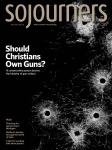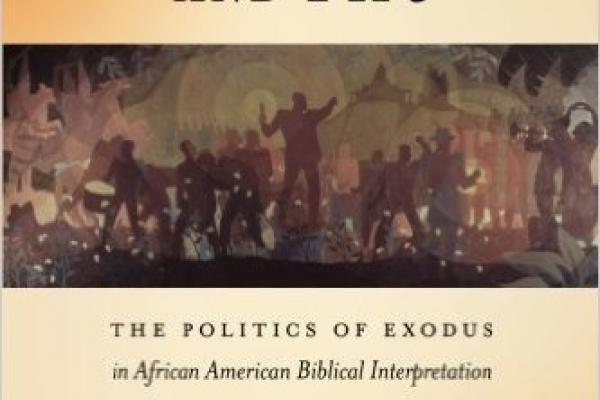HEBERT ROBINSON Marbury’s Pillars of Cloud and Fire: The Politics of Exodus in African American Biblical Interpretation achieves the distinction of providing fresh insight in well-covered territory. Marbury, with imagination and impressive intellectual range, explores the uses of Exodus by African Americans in struggles for freedom, respect, and full inclusion into the democratic mechanisms of American political life.
For the past four decades, scholars in fields as disparate as African-American religious history, preaching, rhetoric, constructive theology, and American studies have noted a fundamental duality: White Christian immigrants perceived Britain as Pharaoh and America as the Promised Land; enslaved Africans, by contrast, saw America as a strange land in which white Christian immigrants were Pharaoh. Instead of covering this important though beaten path, Marbury employs an alternative strategy.
What’s his take? Marbury’s book acknowledges this rich history, specifically the first two generations of African-American biblical scholarship. Then he pivots quickly to define cultural studies as a foundational discipline anchoring his reading of the text. What this means is that Marbury unpacks the significance of scripture by assessing the canonical account as well as the life-world and aims of individual interpreters who employ what Hebrew Bible scholar Renita Weems calls reading strategies for the text. The arc of Marbury’s analysis stretches from the antebellum era to the black power movement.
As one might speculate, pillars of cloud and fire are the controlling images of Marbury’s subtle analysis. Biblically, by day a pillar of cloud led the children of Israel through the wilderness of Shur to the Promised Land. By night a pillar of fire performed the same guiding function.
Marbury transposes these metaphors into the register of social change and political activity. In Marbury’s key of collective action, clouds signify an indirect, reformist approach to advancing racial equity. As clouds blend in, more or less, with the surrounding sky, so “cloud” approaches to transformation proceed by inches and inconspicuous tactics. Episcopal priest Rev. Absalom Jones and path-breaking activist Frances Ellen Watkins Harper function as exemplars in the “pillars of cloud” tradition.
Juxtaposed against the clouds, fire symbolizes frontal exposure of, and opposition to, the inequities of racism. David Walker—the audacious author of the Appeal to the Coloured Citizens of the World (1829)—and Rev. John Jasper of Richmond, Va., with his legendary “The Sun Do Move” sermon, represent the “pillars of fire” tradition.
Throughout the book Marbury interweaves what biblical scholar Terence Fretheim calls the world behind the text (historical reconstruction), the world of the text (various modes of scriptural exegesis), and the world before the text (cultural studies and rhetorical criticism). The implications are richly suggestive for congregational, academic, and activist audiences. For the first crowd, Marbury’s hermeneutic of cultural studies paired with biblical studies offers an inventive way to contextualize Christian education curricula and arrange worship services for all demographics, especially people of color.
To scholars, Marbury accomplishes the rare feat of composing a well-researched monograph that exposes new dimensions of the Exodus narrative. The chapter on “making bitter water sweet” during Reconstruction and the beginning of the Jim Crow era, a period many call the nadir of African-American history, is nuanced, tightly argued, and just plain enjoyable to read. Regarding activists, the take-home is plain: Hackneyed tropes can become new rallying points and galvanizing narratives in the hands of discerning organizers looking to influence local and political conversations regarding racism in America. Pillars is one of the best books of its kind. In the words of college recommendations for students of promise, I commend it without reservation and with full confidence.

Got something to say about what you're reading? We value your feedback!

